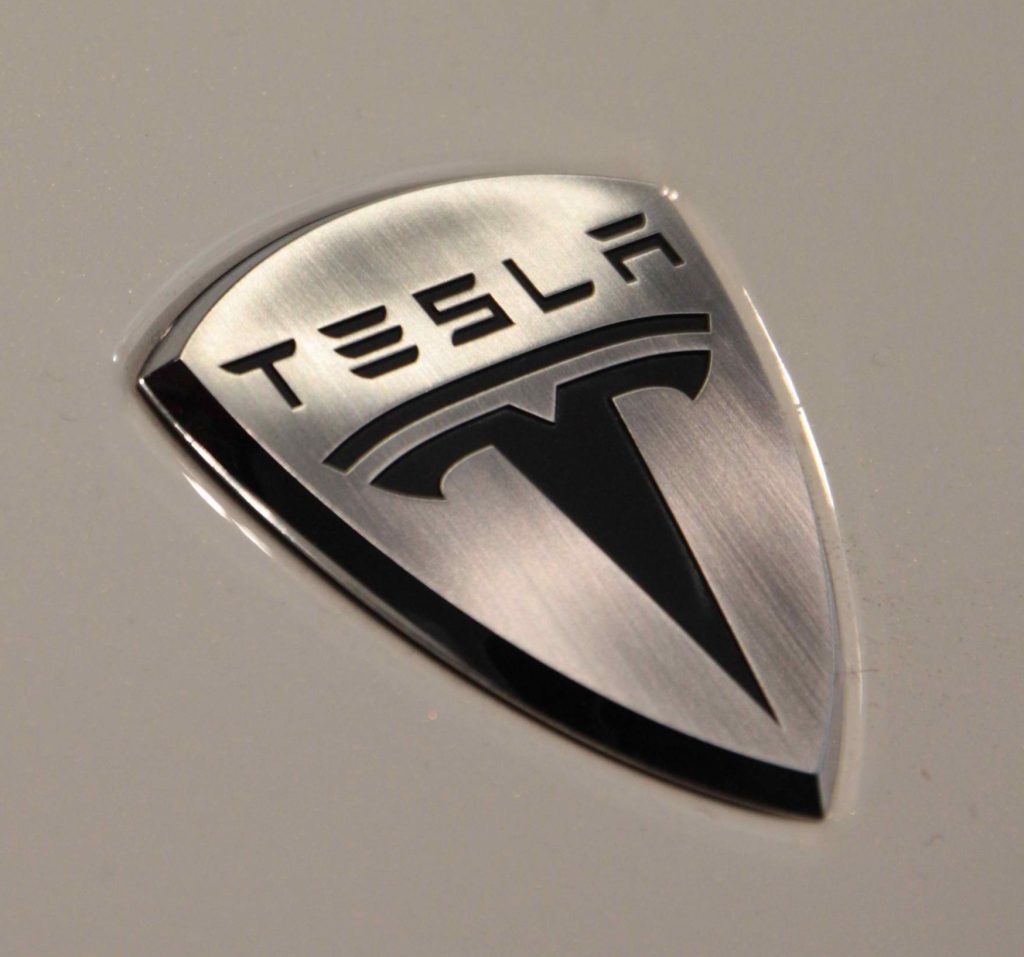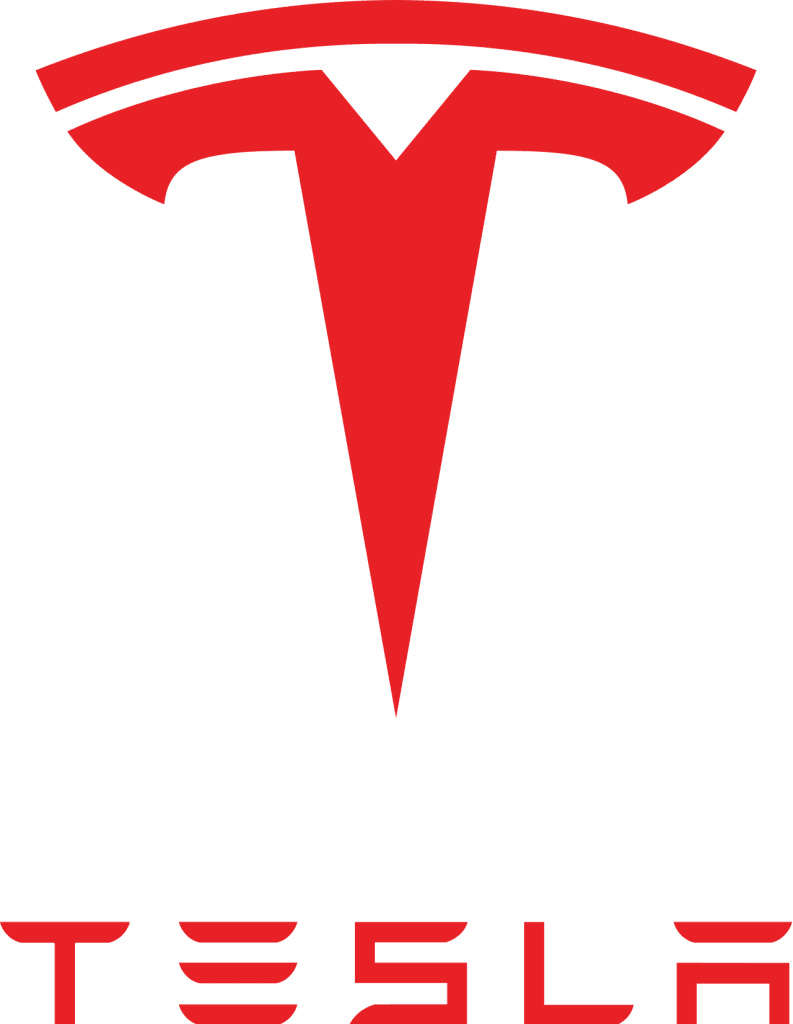
The Humble Beginnings in San Carlos (2003)
In the summer of 2003, in a modest office in San Carlos, California, Martin Eberhard and Marc Tarpenning sketched out a vision on a worn table: an electric powertrain built from lithium-ion batteries. They dreamed of a sports car free of gasoline fumes. The name—Tesla Motors—paid homage to Nikola Tesla.
Soon after, Elon Musk, fresh from selling PayPal and launching SpaceX, invested $6.5 million in Tesla’s Series A round, becoming Chairman of the Board. At the first meeting, Musk declared: “We’re not just building a car—we’re sending a signal beyond the oil age.”
The Roadster: A Bold First Step
Tesla’s first product, the Roadster, debuted in 2008. Built on a Lotus Elise chassis but powered by a revolutionary electric drivetrain, it could accelerate from 0–60 mph in under 4 seconds and travel over 240 miles per charge.
Priced at over $100,000, it wasn’t mass-market, but it was historic—the first production car powered by lithium-ion batteries. Hollywood stars like George Clooney and Leonardo DiCaprio were among early customers.
Crisis and Musk’s Leadership (2008–2009)
Behind the glamour, Tesla faced severe challenges—battery issues, production delays, and mounting costs. In late 2008, Musk stepped in as CEO, pouring in his own fortune to stave off bankruptcy.
By 2009, Tesla secured crucial lifelines: a $465 million U.S. government loan and a $50 million Daimler investment. Survival was no longer in question.
The “Staircase Strategy” and the Model S (2012)
Musk laid out a bold roadmap: start with expensive cars, then scale down to affordable ones. The second step arrived with the Model S in 2012—a full-sized electric sedan with over 250 miles of range, a futuristic 17-inch touchscreen, and record-breaking performance.
In 2013, Motor Trend named it Car of the Year, marking Tesla’s shift from outsider to industry leader.
Expanding the Lineup: Model X and the Gigafactory
The Model X SUV launched in 2015, with its dramatic falcon-wing doors. Quality issues and delays persisted, but Musk pressed on.
The cornerstone of Tesla’s growth became the Gigafactory in Nevada—a massive battery plant designed to scale EV production globally.
The Model 3 Revolution (2016–2018)
In March 2016, Musk unveiled the Model 3 at a groundbreaking price of $35,000. Within days, over 400,000 reservations flooded in.
But “production hell” soon followed. From 2017 to 2018, bottlenecks plagued factories, and Musk even slept on the factory floor. Yet, persistence paid off—Model 3 became the world’s best-selling EV.
Cybertruck, Model Y, and Bold Experiments (2019–2020)
Tesla’s lineup expanded further with the Model Y crossover and the jaw-dropping Cybertruck reveal in 2019. Though its “shatterproof” windows broke during the demo, reservations soared into the hundreds of thousands.
Beyond cars, Tesla built the Supercharger network worldwide and expanded into energy with SolarCity, the Powerwall, and the Powerpack, redefining clean energy storage.
A Trillion-Dollar Milestone (2020–2021)
By 2020, Tesla delivered over 500,000 cars, becoming the world’s most valuable automaker. In 2021, its market cap surpassed $1 trillion, joining Apple, Amazon, and Microsoft among the corporate giants.
Challenges Ahead: 2024 and Beyond
But even Tesla faces headwinds. By 2024, slowing EV demand, rising competition, and supply chain strains cut revenue to $2.1 billion. Musk announced cost-cutting measures and accelerated timelines, teasing a robotaxi launch in 2025.
“Once full autonomy is achieved, the rules of the auto industry will change completely,” he claimed.
From a dusty office sketch in 2003 to millions of vehicles on the road today, Tesla’s journey has been one of experimentation, crisis, and relentless innovation. Its future remains uncertain—but its impact on mobility and energy is undeniable.

By Tesla – Tesla, Public Domain, https://commons.wikimedia.org/w/index.php?curid=50957953
